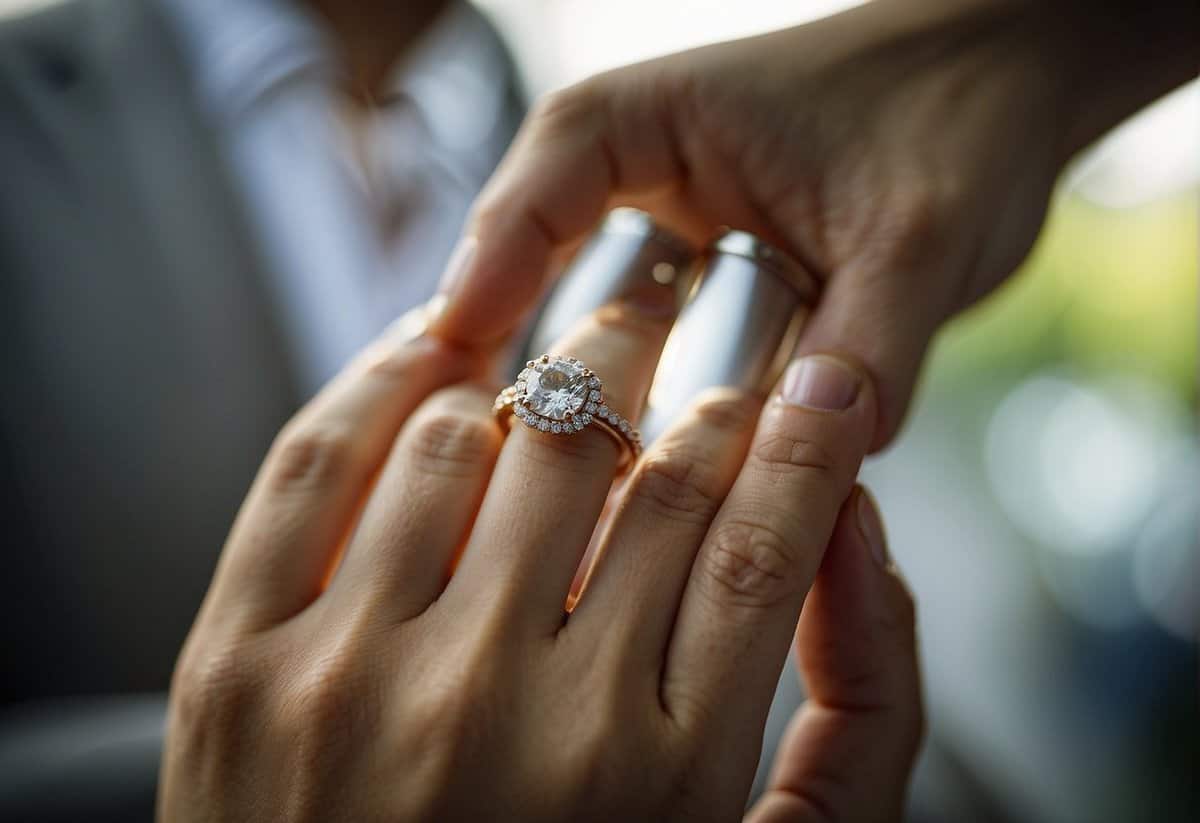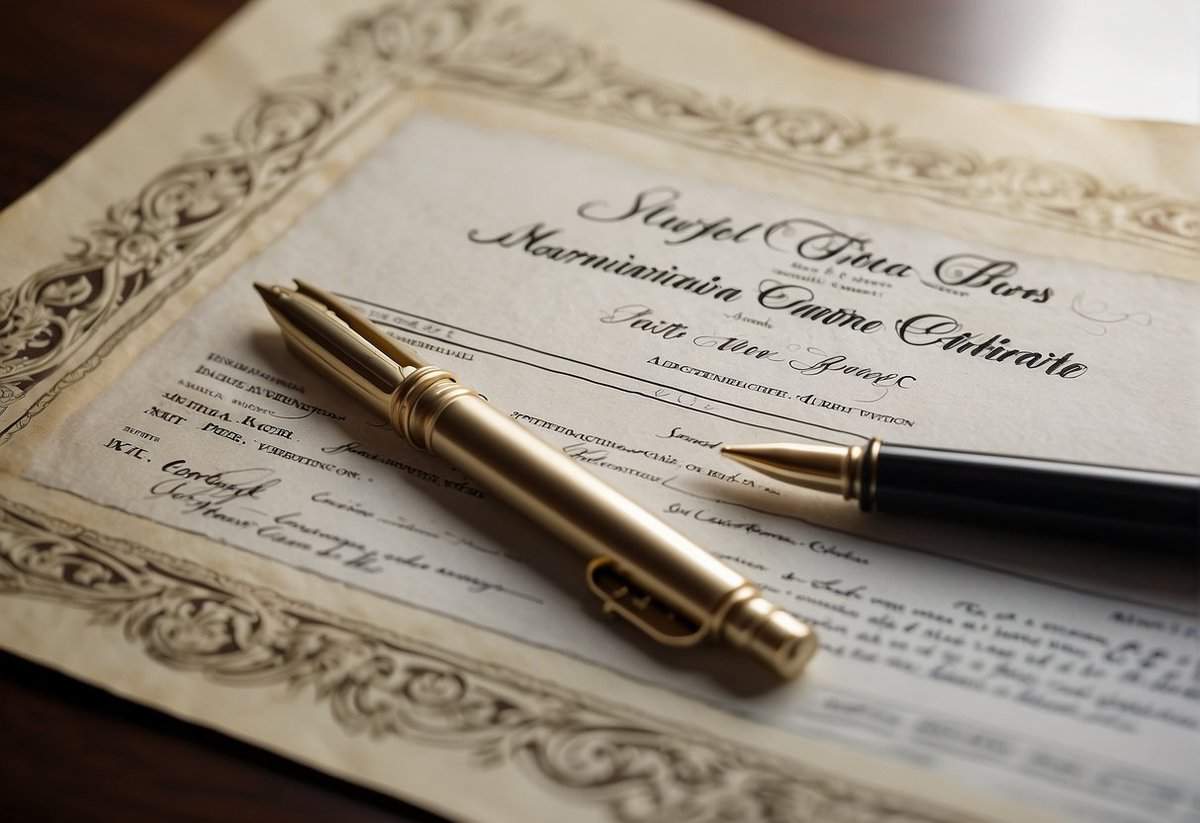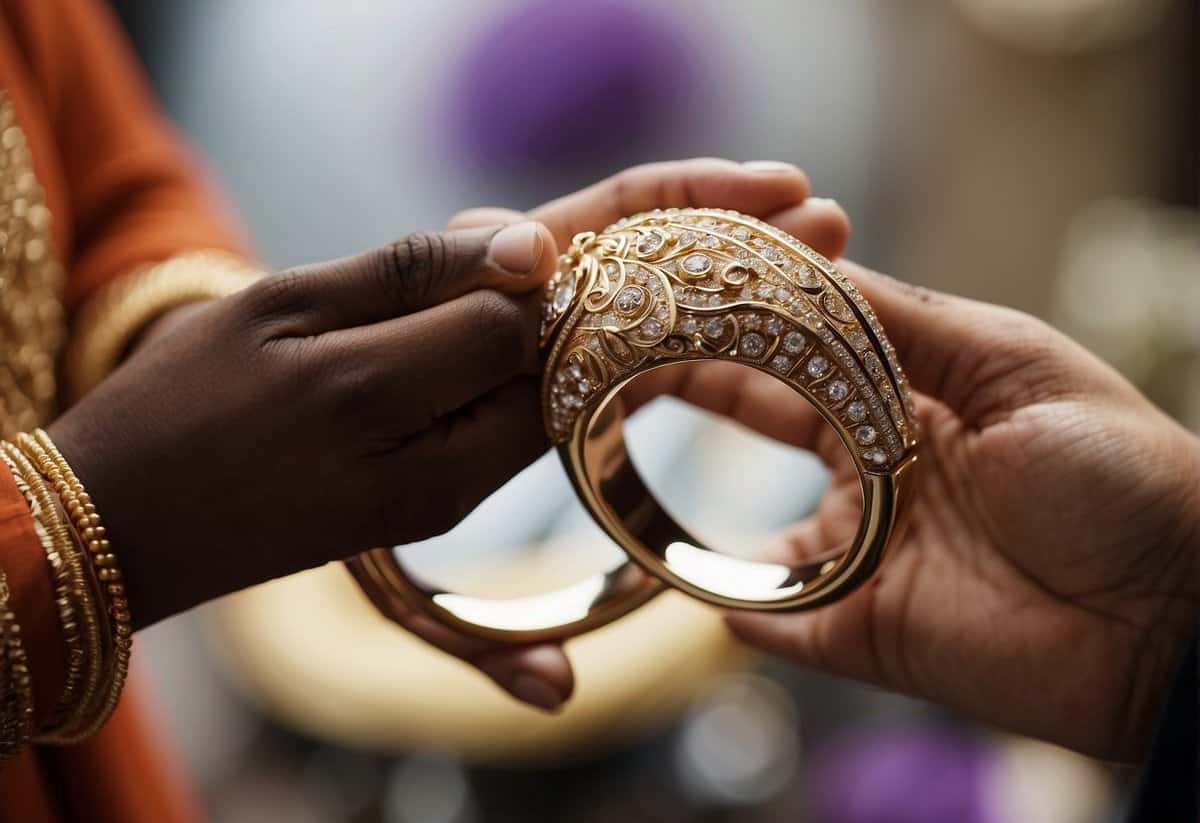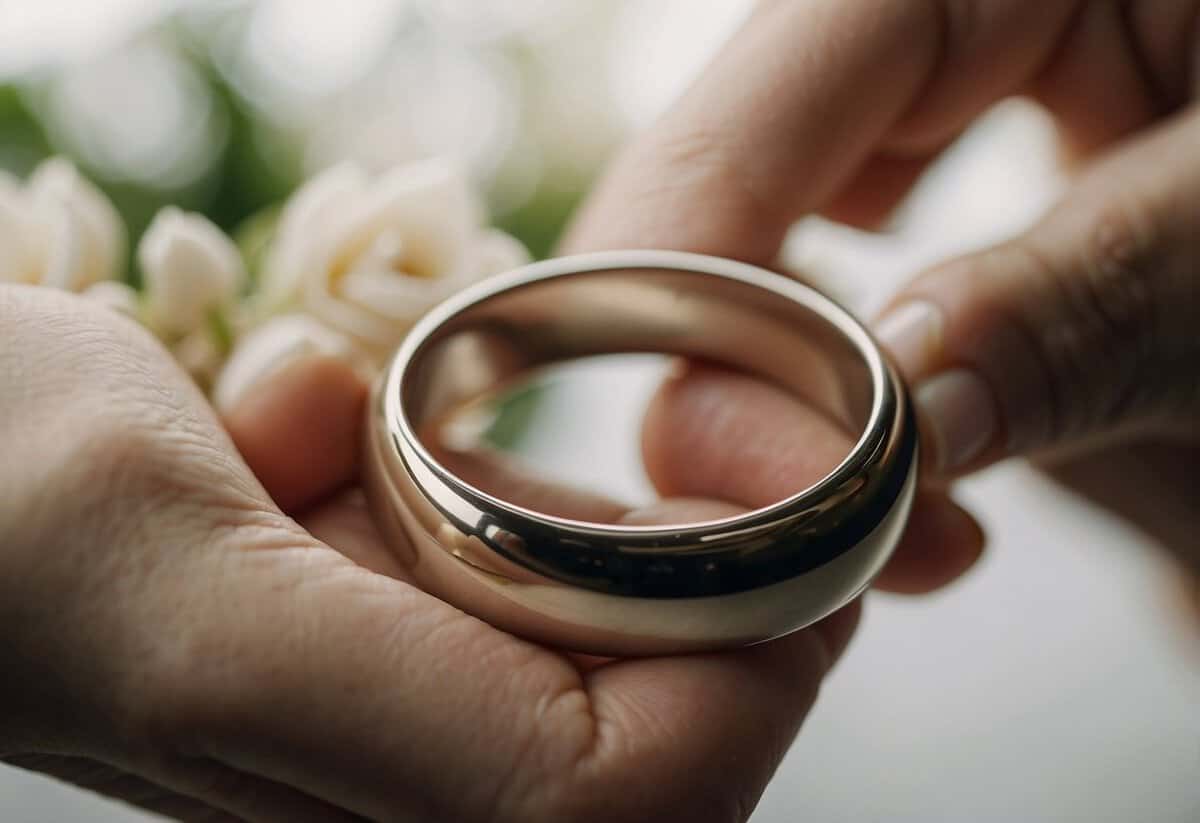What Counts as Getting Married? Understanding Legal and Symbolic Unions
Understanding what constitutes getting married often involves both legal and social interpretations. Legally, marriage is the union of two people who obtain a marriage license from their state and participate in a ceremony. This definition is consistent across the United States following the historic Supreme Court Obergefell decision in 2015, which ensured that same-sex couples have the right to marry and have their unions legally recognized.

However, marriage is also defined through cultural and religious lenses. For some, spiritual or religious ceremonies validate a marriage. These viewpoints may not always align with legal requirements but play a significant role in how marriage is recognized socially. Marriage practices can also vary widely among different cultures, each with its own traditions and expectations surrounding what it means to be married.
Key Takeaways
- Marriage is defined legally as a union recognized by obtaining a license and having a ceremony.
- Cultural practices and religious beliefs contribute to varying definitions of marriage.
- The significance and recognition of marriage may differ legally and socially.
Legal Requirements for Marriage

When you’re planning to tie the knot, it’s essential to understand the legalities that make your union official. The United States has specific requirements for marriage that vary by state, including obtaining a marriage license, meeting the age of consent, and adhering to state-specific laws.
Marriage License Process
To legally marry, you’ll need to obtain a marriage license. This is a document issued by a governmental authority that grants you permission to marry. You and your partner must apply for this license together at a local county clerk’s office. There is typically a waiting period ranging from a few hours to a few days before the license becomes valid. Once the waiting period has passed, make sure your marriage is performed within the license’s validity period, which varies by state. After your marriage ceremony, you are responsible for ensuring that the officiant files the marriage certificate with the appropriate county office to record your marriage officially.
Age of Consent
The age at which you are legally allowed to marry varies by state. In the United States, you must typically be at least 18 years old to marry without restrictions. If you are a minor under this age, you will need parental consent to get married. In some states, an emancipated minor may marry with judicial permission. It’s important to ensure you meet the age requirements to avoid any legal issues that may invalidate your marriage.
State-Specific Laws
Each state has its own laws governing marriage, including consent, age, and whether witnesses are required during the ceremony. For example, in Nebraska, the legal age to marry is 19, whereas other states may have different age requirements. Knowing your state’s marriage laws is crucial for a valid marriage. It’s wise to check with your local county clerk or consult legal resources like FindLaw or Nolo for comprehensive information pertinent to your situation.
Demographics of Marriage in the U.S.

You might be curious about who’s tying the knot, at what age, and where in the U.S. The statistics can be intriguing, especially if you’re comparing different regions or considering how people’s attitudes towards marriage have changed over time.
Marriage Rates by Region
When you look at the marriage landscape across the United States, it’s evident that the rates can vary significantly from one region to another. According to the U.S. Census Bureau, the South holds the title for the highest rate of nuptials. Meanwhile, the West typically exhibits lower marriage rates. These patterns are fascinating reflections of regional cultures and attitudes toward matrimony.
Median Age and Marriage Trends
Diving into the timing of marriage, it’s clear that Americans are waiting longer to walk down the aisle. The median age at first marriage has been gradually rising, with the most recent estimates by the National Center for Health Statistics indicating that it’s approximately 30 years for men and 28 for women. Factors influencing this trend could range from individual career goals to the average cost of a wedding. The Survey of Income and Program Participation (SIPP) elaborated that a substantial portion of the adult population has never been married, while others have been married once.
Cultural and Social Aspects of Marriage

Marriage, an institution embodying unity and commitment, varies greatly across regions and generations, influenced by evolving cultural norms and social attitudes.
Marriage Across Different States
California, a tapestry of cultural diversity, recognizes marriage as a vital social construct, extending it to include same-sex couples. In Massachusetts, marriage is not only an expression of love but also a testament to social progress, being the first state to legalize same-sex marriage. Moving eastward to New York, you’ll find a melting pot where marriage reflects both tradition and progression, accommodating various cultural practices.
Meanwhile, in states like Nevada and Florida, marriage can also have a more commercial aspect; cities like Las Vegas and Orlando are renowned for quick wedding ceremonies. Texas, with its blend of traditional and modern values, mirrors the national trend where millennials exhibit changing desires and expectations around matrimony.
Changing Attitudes Towards Marriage
Your generation is redefining marriage. In recent years, millennials have shown a tendency to marry at older ages compared to prior generations. Marriage rates among adults are evolving, especially as societal norms shift towards more personal freedom and self-fulfillment.
With the acceptance of same-sex marriage expanding nationwide, the focus on inclusivity has never been greater. States like New York and California lead in recognizing such unions, contributing to a more comprehensive understanding of marriage. Both men and women are re-imagining their roles within marriage, championing equality and partnership over traditional gender roles.
Frequently Asked Questions

Understanding the nuances of what constitutes a legal marriage is vital, as marriage affects various aspects of your life, from legal standing to societal and religious considerations.
What are the legal requirements to be considered married?
To be legally recognized as married, you typically need a valid marriage license, an officiant to conduct the ceremony, and adherence to your state’s laws, such as age limits and no existing marriages. Some states also require a ceremony with witnesses.
How many years of cohabitation are necessary for a common law marriage?
Common law marriage, not recognized in all states, doesn’t rely on a set time of cohabitation. In states where it is acknowledged, the requirement varies, but generally, you must present yourselves as a married couple to the community.
What are the differences between common law marriage and ceremonial marriage?
Ceremonial marriage involves a traditional wedding ceremony and obtaining a marriage license, while common law marriage can be established without a ceremony or license, provided you meet specific state requirements, which often include cohabiting and holding yourselves out as married to the public.
Can a couple be regarded as married by society without legal documentation?
Yes, a couple can be considered married by society, especially in situations where they have a long-term relationship, cohabit, and generally conduct themselves as a married couple. However, societal acceptance doesn’t grant the legal rights and responsibilities afforded by a legal marriage.
What are the key legal changes that occur when a couple gets married?
When you get married, you gain a variety of legal benefits and responsibilities, such as tax benefits, inheritance rights, joint ownership of property, and next-of-kin rights in medical situations.
In what situations can a relationship be recognized as a marriage in religious contexts?
A relationship may be recognized as a marriage within religious contexts if it adheres to the specific rituals and ceremonies dictated by the religion, even if the couple lacks formal legal recognition of their union.


